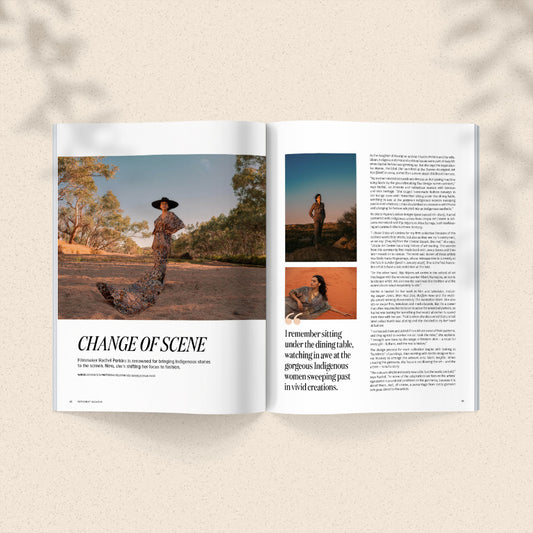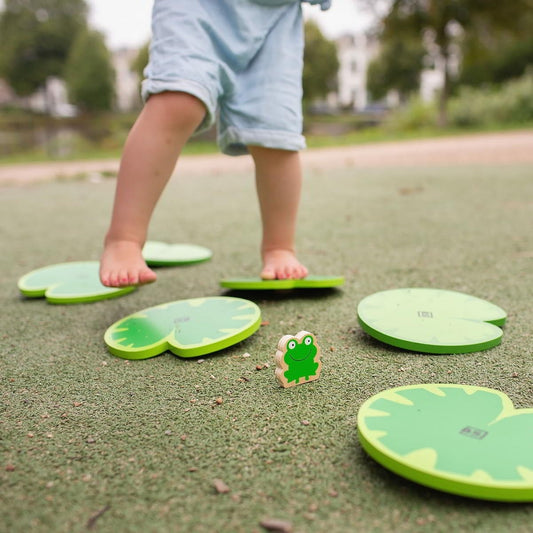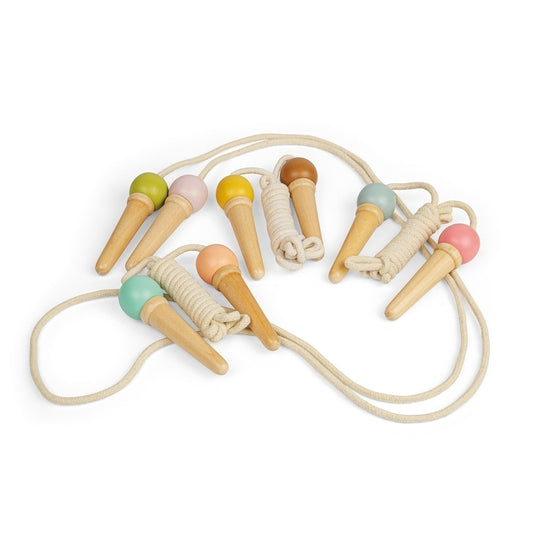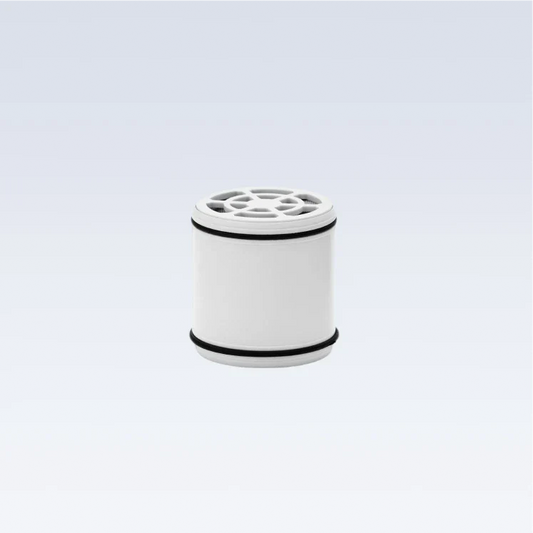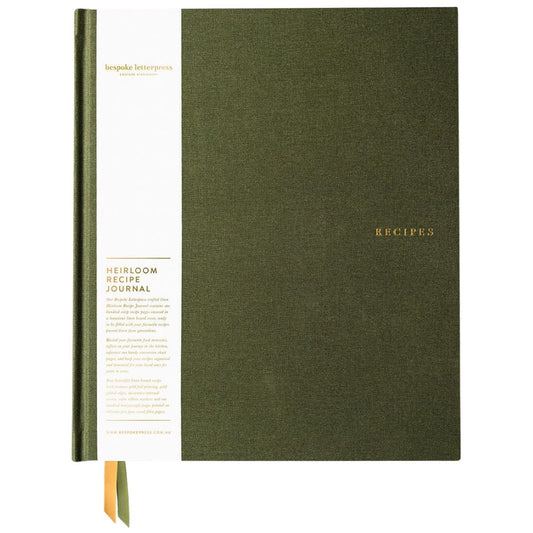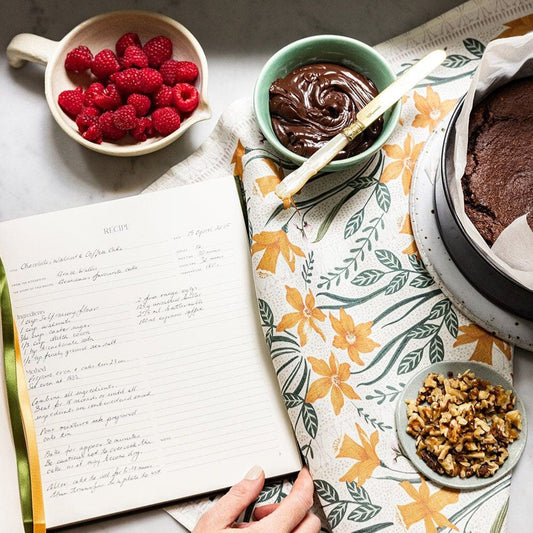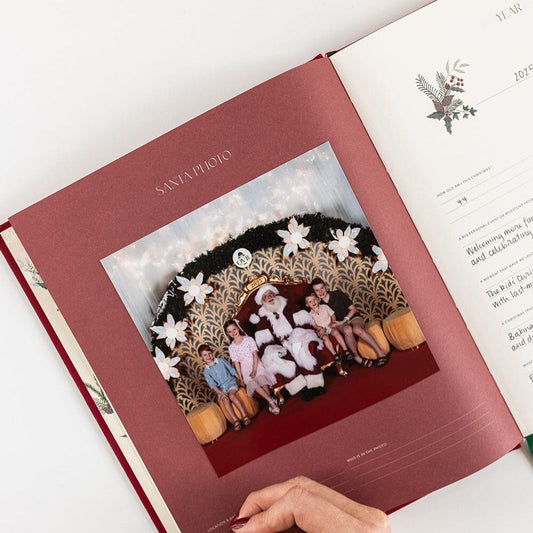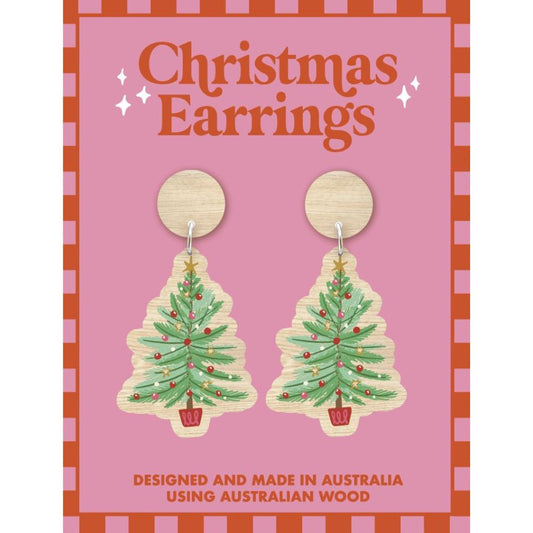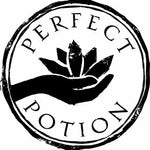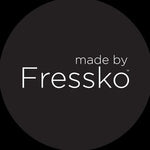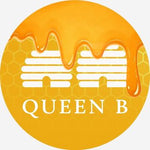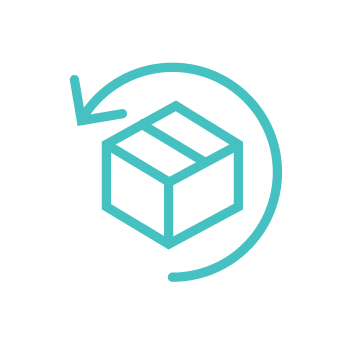
Non-stick pans are a staple in many Australian kitchens, but with growing awareness about the health effects of synthetic chemicals and toxins, it’s natural to ask: are non-stick pans really safe?
Most of us cook almost every day with a fry pan, saucepan, wok, or a baking tray, exposing them to extreme heat. And, it's pretty common that we turn to a "non stick" solution that food slips off magically and makes washing up easier!
The problem is though, that the very coatings that make these pans convenient (like PTFE Teflon™) belong to a chemical family called PFAS (per- and polyfluoroalkyl substances). These are known as “forever chemicals” because they don’t break down in the environment or our bodies — and they come with serious health concerns!
Despite governments around the world beginning to act (for example, in July 2025, Australia banned the import and use of three toxic PFAS: PFOA, PFOS, and PFHxS) thousands of PFAS remain in circulation, including the types used in non-stick coatings.
So with non-stick pans still being sold, let's dive into:
- why we believe non stick pans are not safe
- the healthiest cookware options to use instead
1. How non-stick pans work
The PFAS family gives products their non-stick, water- and grease-resistant properties. Non-stick pans are coated with PFAS chemicals to make them slippery and easy to clean.
PTFE (Teflon™) is the most common non-stick coating, but other PFAS chemicals are also used, including FEP, PFA, and newer “GenX” compounds. While marketed as safer replacements for the banned PFOA, studies show they share the same core problem — they persist in the body and environment, and may be toxic.
Once overheated or scratched, PTFE coatings can start to break down and release fumes or microscopic PFAS particles into the air and food. Over time, those particles can be inhaled or ingested, allowing PFAS to build up in the body.
That’s why the European Union and some U.S. states are now moving to restrict or ban all PFAS as a class, not just the old ones like PFOA and PFOS.
2. Health risks from non-stick pans
PFAS exposure:
Studies link PFAS exposure to hormone disruption, thyroid disease, high cholesterol, liver damage, reduced kidney function, and several cancers. The World Health Organisation’s has classified PFOA as a known human carcinogen and PFOS as a possible carcinogen.
Even small, regular exposure can add up because PFAS stay in the body for years.
Fumes and particles:
When non-stick pans are overheated, they can emit fumes and tiny particles that cause flu-like symptoms in humans (“polymer fume fever”) and can even be deadly to birds.
Plastic flakes:
A scratched or worn coating can shed microscopic plastic flakes that mix into your food.
Aluminium leaching:
Many non stick pans are made from an aluminium shell with a thin Teflon coating. The coating is easily scratched and as it wears away, acidic foods like tomato sauce can react with the exposed aluminium base, releasing trace metals.

These are not hypothetical risks—PFAS chemicals are being banned globally precisely because of their persistence, toxicity, and long-term health effects.
3. Why are non-stick pans still sold if they are not safe?
You’d think that after decades of evidence linking PFAS chemicals to cancer and hormone disruption, non-stick pans would be banned. Yet they’re still widely sold—often with misleading labels and vague safety claims.
The truth is, non-stick cookware flies under the regulatory radar. Manufacturers are not required to disclose whether a pan contains PTFE (Teflon™) and other PFAS chemicals, and many use marketing terms like “safe non-stick,” or “PFOA-free”.
“PFOA-free” simply means one banned chemical was removed—not that the product is free of other PFAS.
The regulatory gap
While Australia has now banned three of the most toxic PFAS, these are part of a much larger family of some 14,000 chemicals, many of which are still used in cookware, waterproof fabrics, and firefighting foam.
In contrast, the European Union plans to ban all PFAS by 2030 under the precautionary principle—the idea that when there’s credible risk of harm, regulators should act even before full scientific certainty.
In short, the only way to avoid PFAS exposure from cookware is to avoid non-stick pans altogether. Safer, long-lasting alternatives like cast iron, stainless steel, ceramic, and glass perform beautifully—without the hidden chemical cost.
⚠️ A decade-long delay that left consumers exposed
DuPont began using PFOA in Teflon™ manufacturing around 1951, marking the start of a 75-year legacy of exposure to this persistent chemical.
By 2013, Teflon™ and brands like Tefal had phased out PFOA following mounting public concern, lawsuits, and voluntary agreements with U.S. and European regulators.
However, Australia did not ban PFOA until July 2025 — leaving a decade-long gap where cheap, imported, and unregulated non-stick pans could still contain this toxic compound.
Even after the World Health Organisation’s cancer research agency (IARC) unequivocally confirmed in Nov. 2023 that PFOA causes kidney and testicular cancer, with strong evidence of liver toxicity, immune suppression, and developmental effects it still took Australia another 18 months to ban it.
A powerful reminder that when it comes to chemicals, regulation often trails far behind science.
4. Why non stick pans are risky

Cheap imported "no name" pans such as those picked up in camping or "dollar stores" are especially risky, because there’s no accountability or transparency so you have no idea what you are cooking with. The coatings on these cheap pans are also more likely to wear out quickly, flake, or overheat—releasing more fumes and particles.
If a pan doesn’t clearly state that it’s PFAS-free or PTFE-free, it’s safest to assume that it contains some form of PFAS.
5. Safer, healthier cookware options
Investing in durable, good quality non-toxic cookware reduces chemical exposure, and can last for decades!
Cast Iron or Solid Iron
Iron heats evenly, can go from stovetop to oven, and when properly seasoned, creates a natural non-stick surface without chemicals. Unlike synthetic non-stick coatings, cast iron or solid iron is inert. They also last forever - unlike Teflon coated pans that scratch and need to be thrown out.
At Biome, we don't hide our love for Australian-made Solidteknics.
Unlike cast iron (which is molten and poured), Solidteknics pans are engineered from a single sheet of Australian iron. It is stronger and half the weight of cast iron.
Stainless Steel
Stainless steel is non-reactive, long-lasting, and safe for everyday cooking. It won’t release chemicals into your food and is ideal for frying, boiling, and sautéing. High-quality stainless steel is also resistant to scratches and corrosion, reducing the risk of leaching metals into your meals.
Another brilliant super high quality range by Solidteknics, the Noni Stainless Steel pots and pans.
Ceramic-Coated Pans
Made without PTFE or PFOA, these mineral-based coatings create a smooth, non-stick surface. While generally considered safer, ceramic coatings can wear over time. Overheated or chipped ceramic pans may release small amounts of materials, so proper care is essential. At Biome, we offer the Neoflam range of ceramic cookware.
Glass or Stoneware
These materials are fully non-toxic, non-reactive, and PFAS-free. They are ideal for baking or roasting and will not leach chemicals into food. They are not suitable for stovetop use but are perfectly safe for oven cooking.
Some of the Glasslock range sold at Biome is oven safe. Look for the styles with a red trim around the plastic lid as the indicator that it is oven safe (without the lid of course).
-
Think long term: Choose cookware that can last decades rather than months. Cast iron and stainless steel improve with age and seasoning, while disposable non-stick pans degrade over time.
-
Induction compatibility: If you have an induction cooktop, ensure your cookware has a ferrous base. Cast iron and stainless steel work seamlessly.
The Heat!
Australia’s new PFAS ban is a positive step, but non-stick cookware remains a major loophole. PTFE and other PFAS coatings are still widely used—and poorly labelled—despite being part of the same chemical family as those now recognised as toxic.
Until cookware regulations catch up, the safest choice is to avoid synthetic non-stick pans altogether and switch to PFAS-free options like cast iron, stainless steel, ceramic, or glass.
If you are not able to avoid non-stick Teflon type pans - take care not to scratch the coating, and replace them as soon as you notice scratches, peeling, or worn coatings.
Dinner shouldn’t come with a side of “forever chemicals.”
FAQ's
Q: How can I tell if my non-stick pan is unsafe?
A: Signs of wear include scratches, peeling, discolouration, or flaking. If any of these are present, it’s safest to replace the pan. Even minor damage can increase chemical exposure.
Q: Can I still cook eggs or pancakes without chemicals?
A: Yes! Well-seasoned cast iron or ceramic-coated pans offer natural non-stick surfaces for eggs, pancakes, and delicate foods without synthetic coatings.
Related Reads
Buyers Guide: What Size & Shape Solidteknics Pan Should I Buy?






